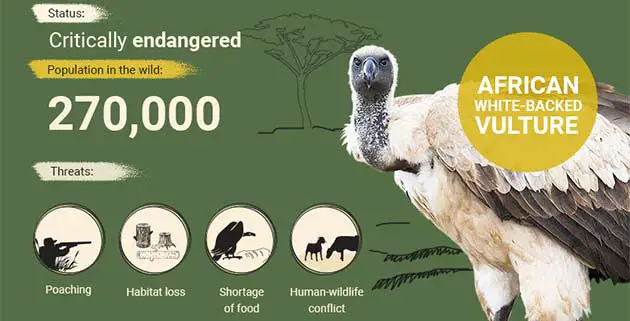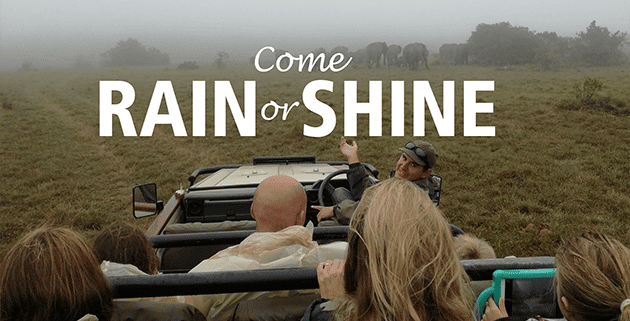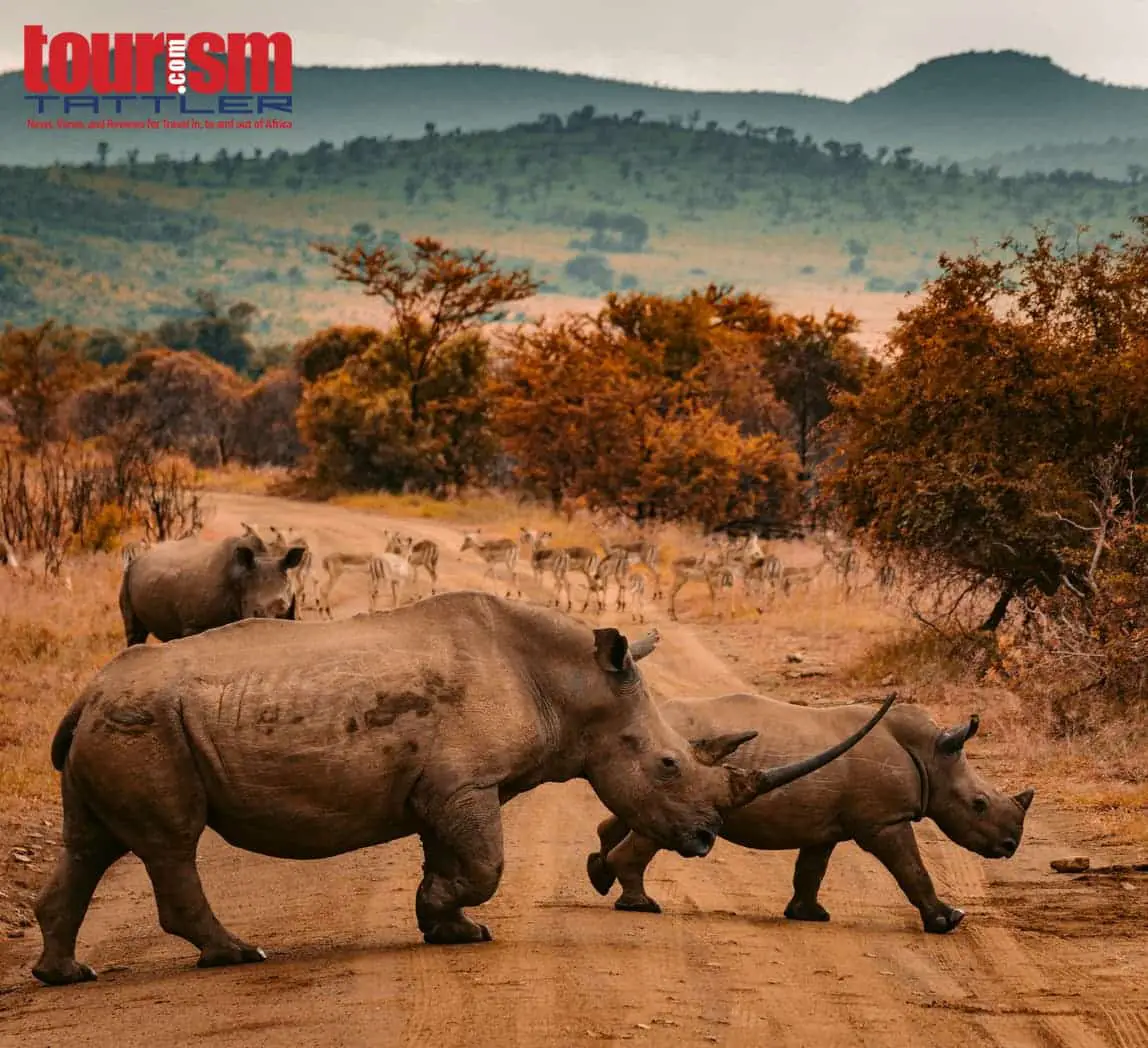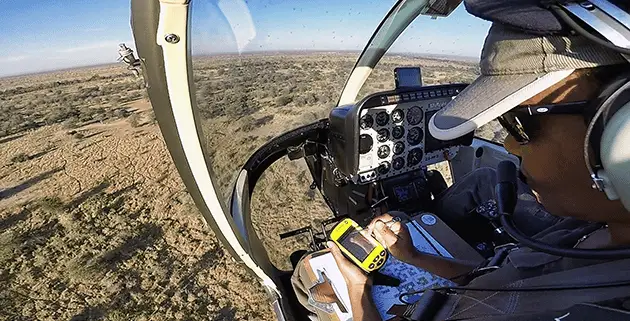More South African birds “in the red”
BirdLife International has announced the 2012 update of the IUCN Red List f
Of the 10 064 bird species recognised by BirdLife International, the status/categories of 208 have changed.
Approximately 13% of the world’s birds are now listed as threatened (Critically Endangered, Endangered or Vulnerable) as compared to 12% in 2008. Another 880 (almost 9%) have been classified as Near-Threatened in 2012.
It is concerning that of the 208 category changes in 2012, only two changes were improvements (downlisted); whereas 180 were deteriorations (uplisted). Twenty-five changes resulted from taxonomic revisions and 63 were a result of improved knowledge of the species’ status, population numbers or threats faced by the species.
The status of three bird species in South Africa has deteriorated, and they were therefore uplisted.
White-backed Vulture Gyps africanus, the most widespread and common vulture in Africa, has been uplisted by two categories: from Near-Threatened to Endangered. It occurs from Senegal, Gambia and Mali in the west, throughout the Sahel region to Ethiopia and Somalia in the east, through East Africa into Mozambique, Zimbabwe, Botswana, Namibia and South Africa in the south. The species is currently undergoing a rapid decline in population numbers and faces similar threats to all the other African vultures. In East Africa, White-backed Vultures are primarily threatened by poisoning (particularly from the highly toxic pesticide carbofuran); whereas in southern Africa they are utilised for the muti trade (as they are perceived to have medicinal and psychological benefits); and the decline and possible extirpation in West Africa has been attributed to the trade in vulture parts for traditional ‘juju’ practices. Other threats include the loss or reduced availability of carrion, electrocution by powerlines and poisoning.
Another vulture species, Rüppell’s Vulture Gyps rueppellii, a vagrant to South Africa, has similarly been uplisted from Near-Threatened to Endangered. This species, which is native to western, central and eastern Africa, faces a suite of similar threats to the White-backed Vulture.

The species occurs in eastern and southern Africa with two subspecies confined to the different geographical regions.
Electrocutions and collisions with overhead powerlines are largely responsible for the highest mortality of this species in South Africa, Uganda and Tanzania. An increase in coal mining, with the resultant negative impact on our wetlands, poses a major threat of habitat loss and degradation to the Grey Crowned Crane in South Africa.
The third species, Crowned Eagle Stephanoaetus coronatus, a widespread species in sub-Saharan Africa, has been globally uplisted from Least Concern to Near-Threatened. This species is undergoing a decline due to a number of threats, including deforestation across the African continent.
Both White-backed Vulture and Grey Crowned Crane are listed as Vulnerable in The Eskom Red Data Book of Birds of South Africa, Lesotho and Swaziland (Barnes 2000). Crowned Eagle has a parallel regional and global status of Near-Threatened.
The revision of the regional Red Data Book is currently being undertaken under the auspices of BirdLife South Africa with funding from Eskom. The completion of the publication is scheduled for early-2013. Fifteen percent of South Africa’s 844 bird species are currently red-listed in our regional Red Data Book.
For more information on BirdLife South Africa’s threatened species conservation, contact Hanneline Smit: [email protected], or for information about the revision of The Eskom Red Data Book of Birds of South Africa, Lesotho and Swaziland contact Martin Taylor [email protected] or +27 (0)11 789 1122.





